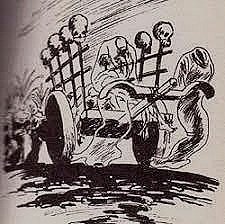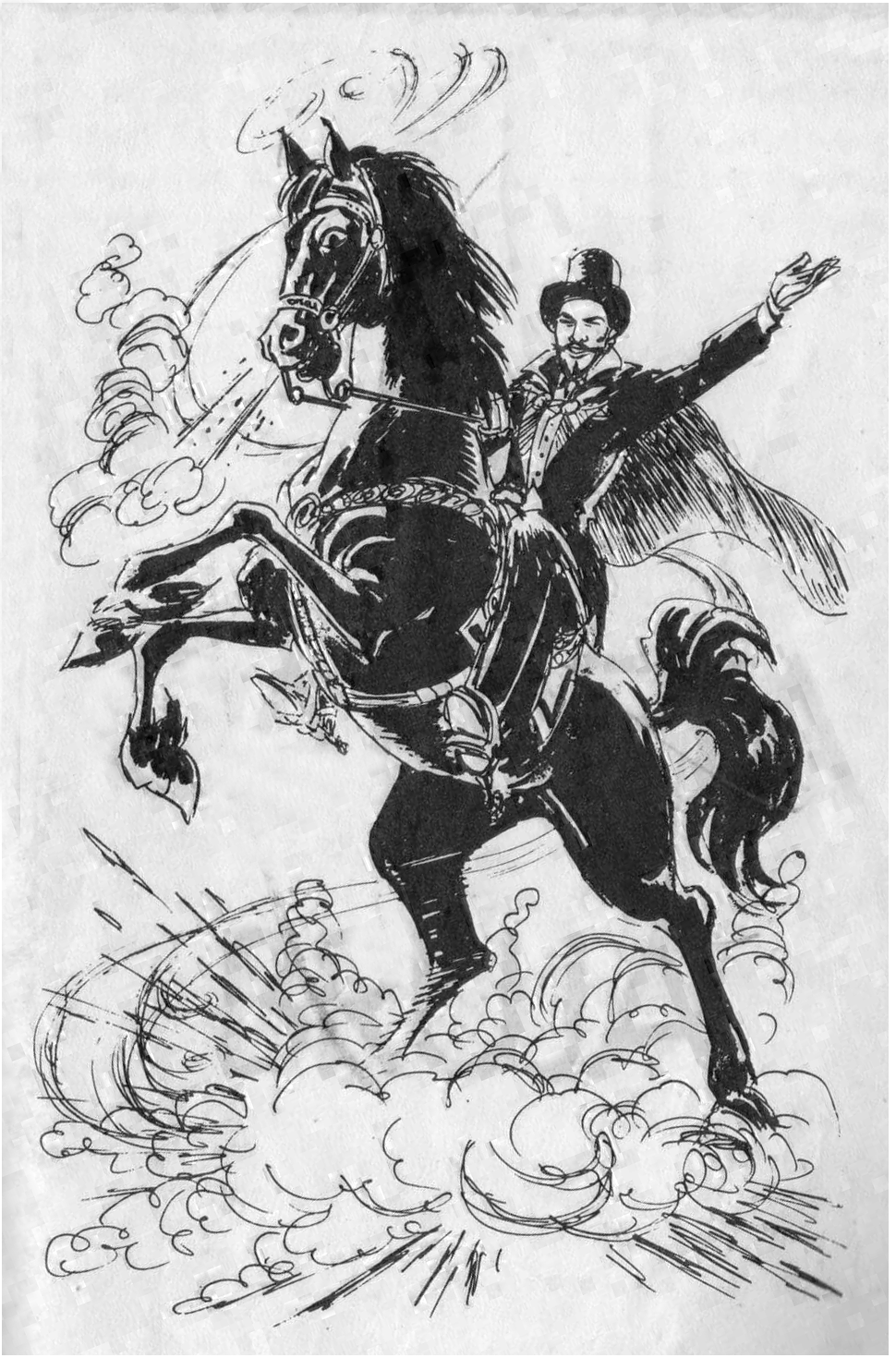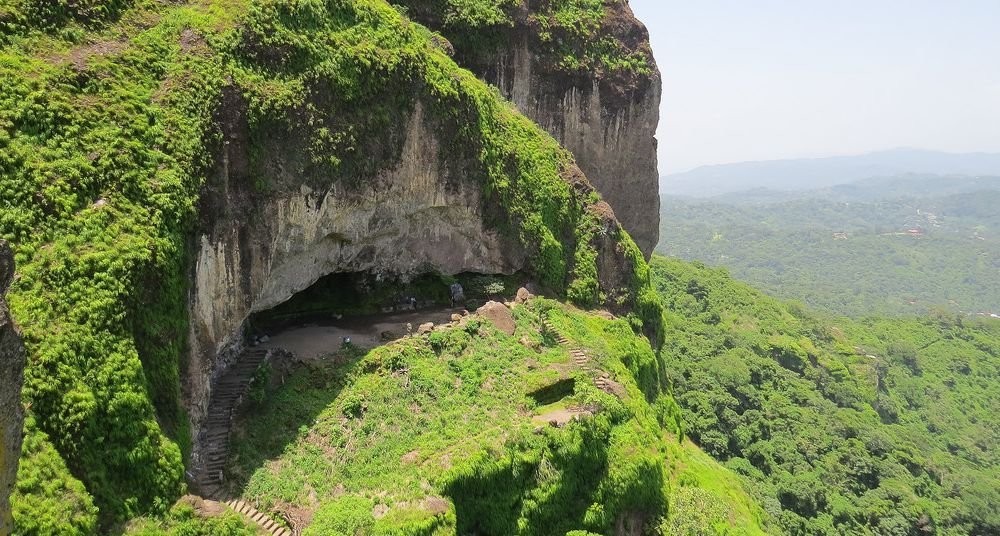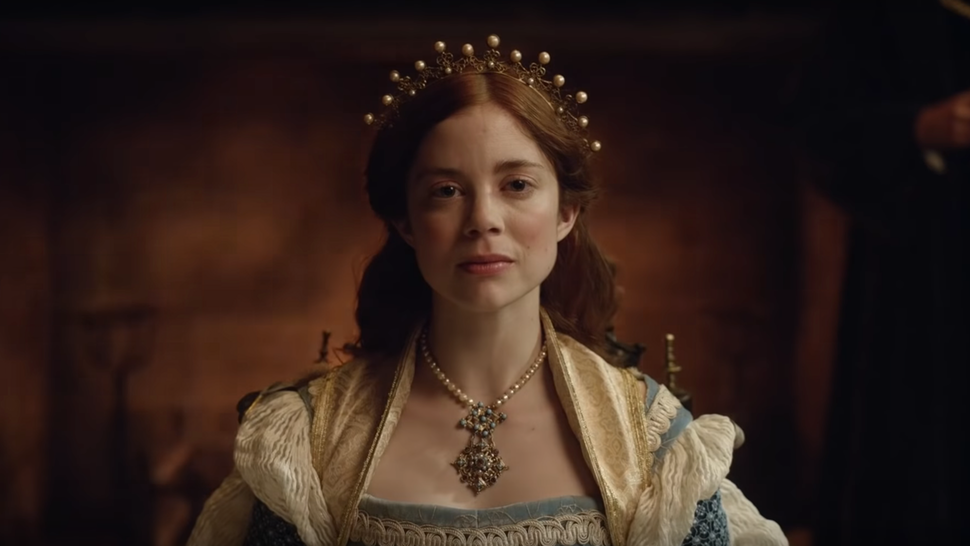Spooktacular Myths & Legends of El Salvador
Happy Halloween everyone! For this Spooktacular day I would Like to share with you my favorite myths and Legends of El Salvador.
El Cadejo Negro Y Blanco
https://www.elsalvadortips.com/el-cadejo-legend
The Legend of the Cadejo Originates from Quelepa (San Miguel) around 400 BCE. El Cadejo looks like a dog and has deer-like hooves and moves like a deer. There are Two Cadejos. El Cadejo blanco is white with blue eyes. He protects people such as drunks, vagabonds, newborns and people with grudges from evil. El Cadejo Negro has black fur and red eyes that glow and can be as large as a cow. He scares the unfaithful men/women and lures them to make bad choices. Some say it is the devil himself. El Cadejo Negro y Blanco were feternal twin brothers who were born in a lenca settlement. Their Birth was overjoyed by the village because their mother had struggled to give birth to them. One twin was white complected and had blue eyes. The other twin had darker features with brown eyes. When the twins were older they would whistle and scare the village people. One night they met a man, who they hadn’t seen before. He told them he could give them the power for the village people to not recognize them so they could continue to scare them. The Darker Twin agreed. The Twins turned into wolf-like creatures. The white one didn’t see this fit and started protecting the village. The twins were cursed like this for eternity. If you are out in El Salvador between 1 or 2 am and hear a whistle don’t turn back it might be El Cadejo.
La Carreta LLorona
La Carreta llorona is a squeaky wooden wagon that roams around the cities of El Salvador. Sometimes when you hear La Carreta llorona there's sounds of chains and bones moving around the wagon. The wagon comes out of Salvadoran Cemeteries. If you see it, it is most likely your death. The story takes place during the Spanish conquest . Terencio Perez was an orphan that was educated by Friar Antolin. After the friar's death, Terrencio moved from the city and started to work for a pharmacist. The pharmacist educated Terrencio to be a pharmacist. He promised Terrencio when he would pass away he would leave the pharmacy to him. Terrencio grew tired of waiting , so he boarded a ship that brought him to El Salvador. Upon his arrival he met some natives that taught him about herbal medicines which was a huge secret for the natives, Juan Tepa was a native that shared the secrets with Terrencio. The time passed and he became wealthy from curing people. Terrencio changed his name to Terrencio de Trocadera to sound more wealthy and powerful. A plague hit El Salvador killing off a lot of natives. When Juan Tepa came to ask Perez for help he declined because he didn’t want the Spaniards to know he was friends of the natives because that was frowned upon by society and because the natives couldn’t pay. Unfortunately the tribe and Juan died from the plague. One night the ghost of the friar came back and Cursed Terrencio for not using his knowledge to help people. He was cursed to pick up the lost souls of those he had not helped and take them to a cemetery. La Carreta Llorona comes out mostly on friday nights.
El Caballero Negro
https://leyendasdeelsalvador.com/el-caballero-negro
https://leyendasdeelsalvador.com/el-caballero-negro
El caballero negro is an elegant man that wears a black suit and rides a black horse. He promises wealth, happiness and a beautiful spouse, and anything else you desire in life. The consequence will extend to the next seven generations. He will take a boy from the next seven generations. The next morning the village will smell sulfur, knowing he was there the previous night.
El Padre Sin Cabeza
https://www.pinterest.es/pin/454793262356271378/
El Padre sin cabeza is a legend of a headless priest that takes place in the columbian era of El Salvador. A very handsome catholic priest was assigned to the parish of Nuestra señora de la merced in San Salvador. Many Women fell in love with the priest, but he didn’t give into temptation until one day a beautiful woman with a sweet-toned voice confessed her love for him. The priest tried not to fall into temptation and asked to be moved to a different parish but the archdiocese declined his request. The priest couldn’t stop thinking about her. He finally gave in to the woman. The two had a secret romance for months until they were discovered by a village man and the rumors started roaming all over the country. The Priest fled to the mountains and lived there until he lost his life during a peasant revolt by beheading. Rumor has it he never confessed. His soul still visits the same parish where he tries to help people overcome their bad habits. The priest’s soul tends to visit during midnight and walks down to another church called the rosary, then he fades away.
The Guirola Family
https://www.elsalvador.com/fotogalerias/entretenimiento-fotogalerias/mansion-guirola-familia-el-paraiso-mitos-casa-de-campo-santa-tecla/894950/2021/
https://www.ivoox.com/historia-familia-guirola-audios-mp3_rf_50682980_1.html
The Guirola family was part of the 14 families of El Salvador (the 14 wealthiest families). Around the 1800s Rafael Maria Guirola arrived in El Salvador, he was from Spain and settled in Zacatecoluca. He was a successful businessman in trading. Rafael married Gertudis De La Cotera, in 1826 they had a son whom they named Angel. Angel was educated in Guatemala, then worked as a pharmacist. Angel came back to El Salvador where he started to export products from different countries. He married Cordelia, a wealthyJamaican woman from New York. According to the legend Cordelia practiced witchcraft, she convinced Angel to make a pact with the devil to always be successful. They would have visitors that would never be seen leaving their house again. There are rumors that El Caballero Negro wuld visit them. Their business continued to flourish. The family moved to Santa Tecla to “El Paraiso '', a wealthy neighborhood.Through generations they kept losing at least one son. This happened for seven generations. The family’s descendants still exist till this day but their mansion is haunted. Neighbors state they have seen paranormal activities. In the early 2000s an earthquake occurred in Santa Tecla, the mansion was intact while neighboring houses were destroyed.
La Siguanaba
https://impulsetravel.co/en/blog/77/10-common-myths-and-legends-in-colombia-part-1
https://impulsetravel.co/en/blog/77/10-common-myths-and-legends-in-colombia-part-1
The legend of La Siguanaba occurred during the Mayan Era. Cihuehet was a beautiful girl, she had a fantastic smile, tanned skin, hazel eyes, an hourglass body, she was tall, and had captivating large beautiful breasts. The young men admired her and a lot of warriors would propose to her. She would go to the river and wash her clothes, she would stay there for hours admiring her reflection. Cihuehuet married the son of a god, Tlaloc ( the god of rain, earthly fertility, and water). Soon after she became pregnant and had a son, Cipitio. She could no longer stay for long hours at the river to admire herself because she had to take care of her house and attend to her house while her husband protected the borders of El Salvador from Guatemala. As the years passed she would leave her son by himself while she would go to the river. Her mother in-law noticed she would leave Cipitio alone; he would be in the kitchen eating volcano ashes making his belly grow big and round.Tlaloc informed Cihuehuet she was no longer single and her life had changed forever she is a mother. The God threatened her so she stopped going to the river and attended to her son. Cihuehuet didn’t listen and her father in-law cursed her. He changed her name to the Siguanaba cursing her to stay at the river forever and making her ugly. La siguanaba would have to teach the irresponsible and unfaithful men a lesson. She would seduce them and when they turned back to look at her she would become ugly and laugh at their face.
El Cipito
https://www.elsalvadortips.com/el-cipitio-legend
El Cipitio is the son of la Siguanaba. After his mother’s curse his grandparents took him to heaven.His father wanted to keep him but the gods reminded him that his responsibility was to protect the borders and el Cipitio would be better off with them. Sometimes el Cipitio comes back to earth to search for his mother. He is usually found playing in the rivers playing with children and throwing them little pebbles. He also visits the Kitchens of El Salvador if there are ashes and the kitchen is a mess that means el Cipitio has visited that house.
La Puerta Del Diablo
https://www.ngenespanol.com/traveler/la-puerta-del-diablo-el-salvador/
Mr. Resendo Renderos came from Valencia with his daughter Maria de la paz to El Salvador around 1820. The Renderos were wealthy; they had come to El Salvador to buy lands and plantations. With the help of the natives they planted orange trees. To celebrate the harvest Mr. Resendo made festivities. A priest, the natives and the Renderos walked to Pachimolko dancing and singing in their best attire. Around midnight the church bells rang and the black knight appeared and kidnapped Maria de La paz. He continued to hunt the Planos De Renderos, when the village found out the Caballero negro was still roaming the town they tried to capture him. El caballero negro escaped with his horse, crashing and splitting two mountains, and then an earthquake occurred. Many people died including Maria de La paz. Legend has it that Maria still haunts the Planos de Renderos, she walks praying for her soul.
Chasca La Virgen De la Agua
https://federicostories.blogspot.com/2017/12/chasca-virgin-of-water.html
In Barra de Santiago long ago there was a powerful oligarch Pachacuatec, he secretly engaged his daughter Chasca to Prince Zutuhil to gain more power and wealth. Chasca was a virgin who was very humble and known for her beauty. Many men would propose to her but she would kindly decline because she was already in love with a fisherman, Acayetl. Pachacutec announced his daughter would marry the prince within the next year. Shocked and devastated, Chasca went to visit the fisherman. Acayetl would always sing for Chasca songs of love and she would dance for him on his boat. One night during a full moon Chasca was on her way to see Acayetl when an arrow hit his heart while he was on his boat, the arrow killed him at once. Chasca was filled with grief when she saw her lover die, she tied a heavy rock to her waist and jumped off a nearby cliff, hoping to rejoin her lover. Her father was the one who had paid someone to kill Acayetl. Pachacutec was furious when he found out the tragic news of his daughter, he instantly killed the murder of Acayetl. After her father’s death Chasca and her lover’s spirit reappear on the coast of Barra de Santiago. They sail on a white shiney boat while he sings and she dances. Nowadays fishermen of El Salvador don’t fish during a full moon to give the lovers privacy; the Next day Acayetl and Chasca bless their fishing day.
Santa Ana
https://infoguiaelsalvador.com/catedral-santa-ana/?lang=en
https://catholicsaintmedals.com/saints/st-anne/


















